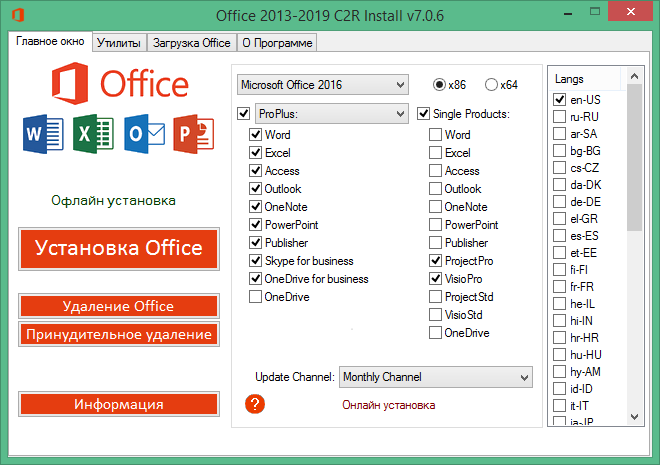
In the extracted folder, find the folder named All-In-One-Version. Right-click on the downloaded zip file and extract. You will see the activation options, and follow onscreen instructions. Copy-paste the below code and press enter. On Windows 8.1/10/11, right-click on the windows start menu and select PowerShell or Terminal (Not CMD). We are now on Twitter and a Telegram group is created for MAS-related queries and activation issuesĭownload / How to use it? Method 1 - PowerShell (Recommended). MAS legacy methods scripts are updated as well. Error messages and instructions are improved in all scripts. A detailed page is added for Office C2R retail installers. irm | iex code to launch MAS via Powershell will now create uniquely named/hash files on each run to reduce AV detections. Keys are a bit obfuscated in scripts to reduce AV detections. All C# code is changed to Powershell reflection code to avoid temp files and AV detections. Script now supports default Win 7 RTM, WMF requirement is removed. Fix licensing option now will fix ClipSVC, Office vNext, SPP and OSPP licenses and SPP permissions in files and registry. Added fallback if Office 16.0 C2R licenses integrator.exe failed, to install them the old way (using slmgr.vbs/ospp.vbs).  Enhanced Office 15.0 C2R detection to differentiate RetailVolume products. Fixed an issue where script may stuck in server port check. Replaced cleanospp.exe with powershell script CleanOffice.ps1 Thanks to (Alex).
Enhanced Office 15.0 C2R detection to differentiate RetailVolume products. Fixed an issue where script may stuck in server port check. Replaced cleanospp.exe with powershell script CleanOffice.ps1 Thanks to (Alex).  KeyIso service which affects ticket installation. I’ve spent some time googling this and can’t seem to get a clear answer so I am throwing this out here to see if anyone has dealt with this or can point me in the right direction.Changelog: 1.8 Click to expand HWID/KMS38: I’ve read that you can just set up a 2nd install to exclude all the apps that are already installed, but some say that uninstalls everything and leaves you with just the app you wanted to add. It’s not a good experience for the end users or the techs that have to do this so I would like to find a better way to handle installing Access after the initial Win 10 build if we weren’t able to catch that they needed it prior to imaging.
KeyIso service which affects ticket installation. I’ve spent some time googling this and can’t seem to get a clear answer so I am throwing this out here to see if anyone has dealt with this or can point me in the right direction.Changelog: 1.8 Click to expand HWID/KMS38: I’ve read that you can just set up a 2nd install to exclude all the apps that are already installed, but some say that uninstalls everything and leaves you with just the app you wanted to add. It’s not a good experience for the end users or the techs that have to do this so I would like to find a better way to handle installing Access after the initial Win 10 build if we weren’t able to catch that they needed it prior to imaging. 
We have some users who end up needing Access installed after they get their Win 10 PC and our current process for doing so involves us removing O365 completely, rebooting, and then installing a separate SCCM package we have that includes Access. At my work we lay down O365 ProPlus C2R with our standard Win 10 image task sequence and our standard package excludes apps like Access and Publisher.







 0 kommentar(er)
0 kommentar(er)
